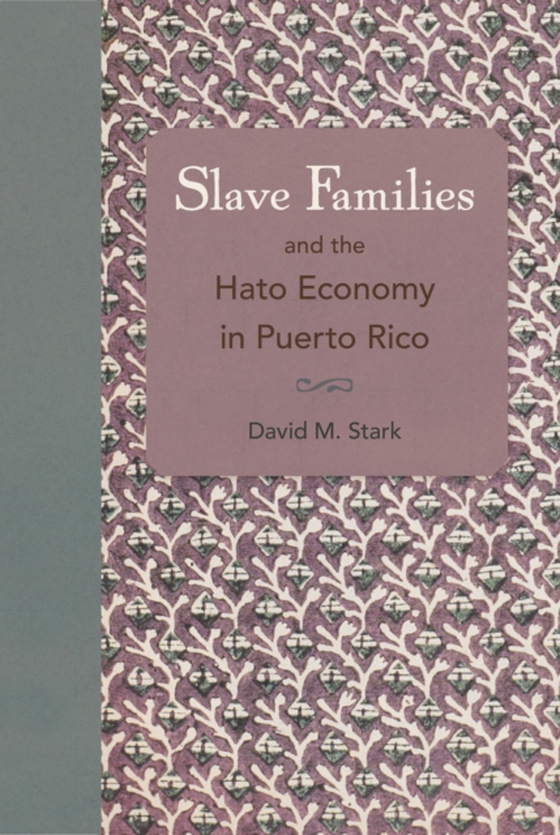
Slave Families and the Hato Economy in Puerto Rico e-bog
802,25 DKK
(inkl. moms 1002,81 DKK)
Scholarship on slavery in the Caribbean frequently emphasizes sugar and tobacco production, but this unique work illustrates the importance of the hato economy-a combination of livestock ranching, foodstuff cultivation, and timber harvesting-to the region.David Stark makes use of extensive Catholic parish records to provide a comprehensive examination of slavery in Puerto Rico and across the Sp...
E-bog
802,25 DKK
Forlag
University Press of Florida
Udgivet
3 marts 2015
Længde
304 sider
Genrer
1KJ
Sprog
English
Format
pdf
Beskyttelse
LCP
ISBN
9780813055190
Scholarship on slavery in the Caribbean frequently emphasizes sugar and tobacco production, but this unique work illustrates the importance of the hato economy-a combination of livestock ranching, foodstuff cultivation, and timber harvesting-to the region.David Stark makes use of extensive Catholic parish records to provide a comprehensive examination of slavery in Puerto Rico and across the Spanish Caribbean. He reconstructs slave families to examine incidences of marriage, as well as birth and death rates. These records provide never-before-analyzed details about how many enslaved Africans came to Puerto Rico, where they came from, and how their populations grew through natural increase.Stark convincingly argues that when animal husbandry drove much of the island's economy, slavery was less harsh than in better-known plantation regimes geared toward crop cultivation. Slaves in the hato economy experienced more favorable conditions for family formation, relatively relaxed work regimes, higher fertility rates, and lower mortality rates.Puerto Rican Hato Economy and Slave Family Patterns offers a fresh counterpoint to the focus on sugar and tobacco cultivation that has dominated the historiography of the Spanish Caribbean.
 Dansk
Dansk

